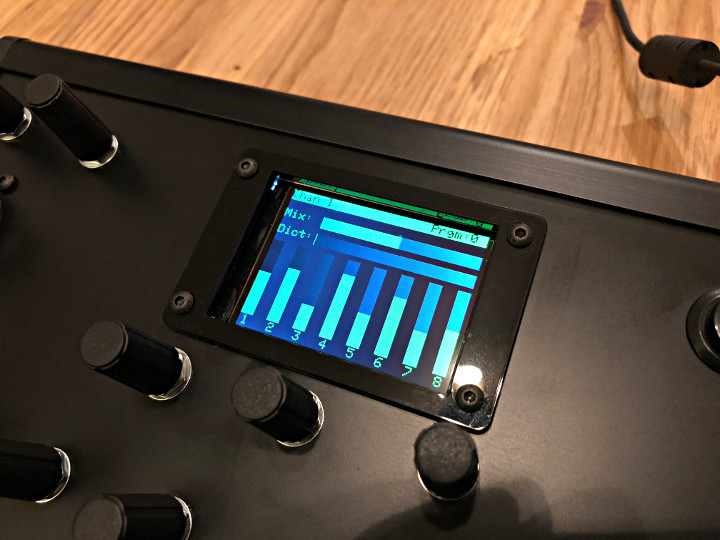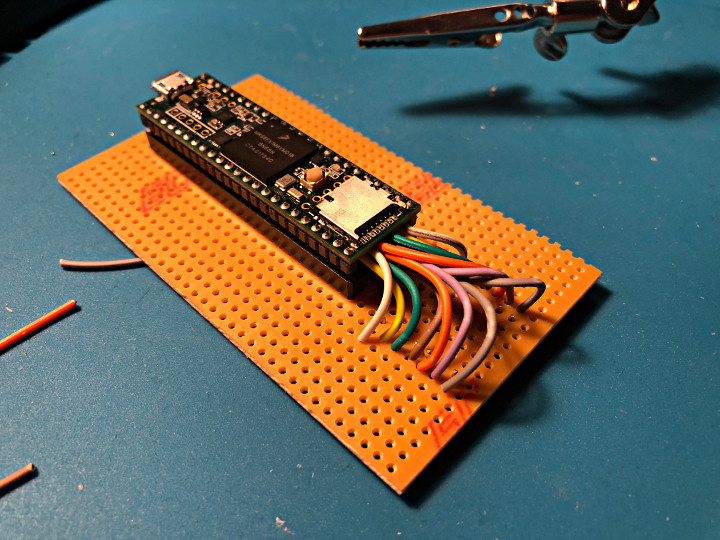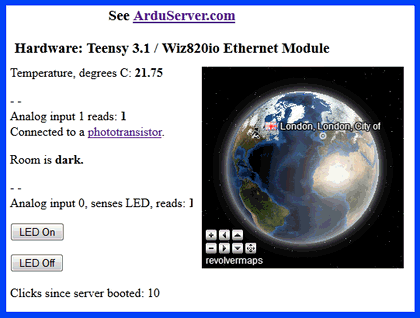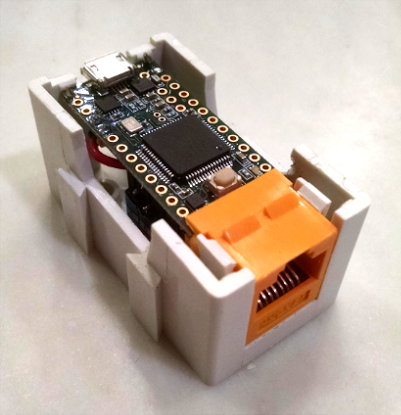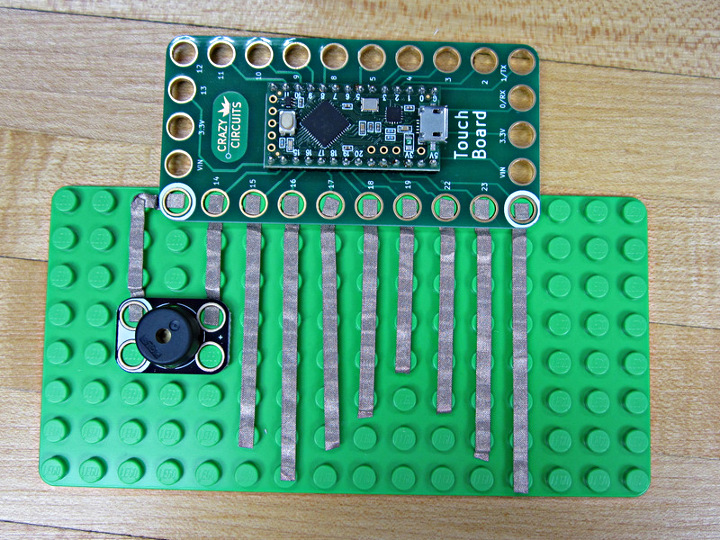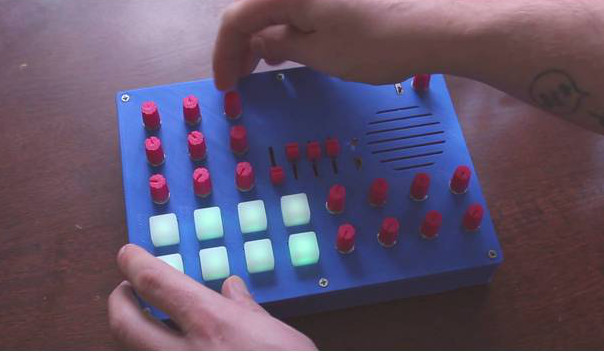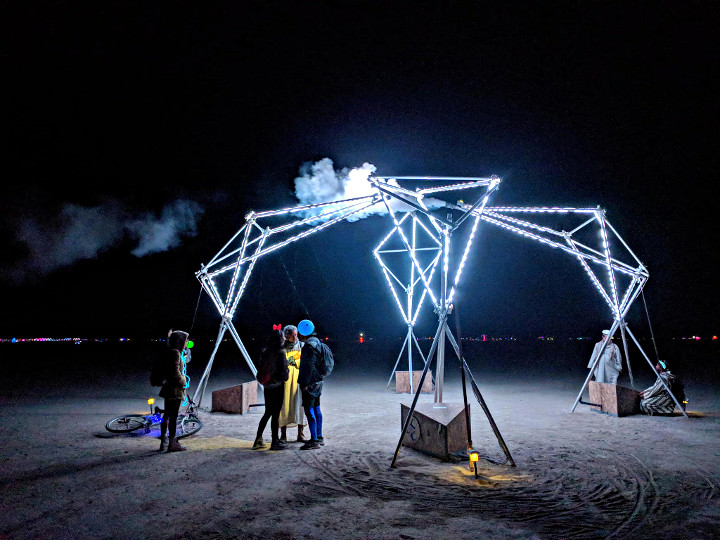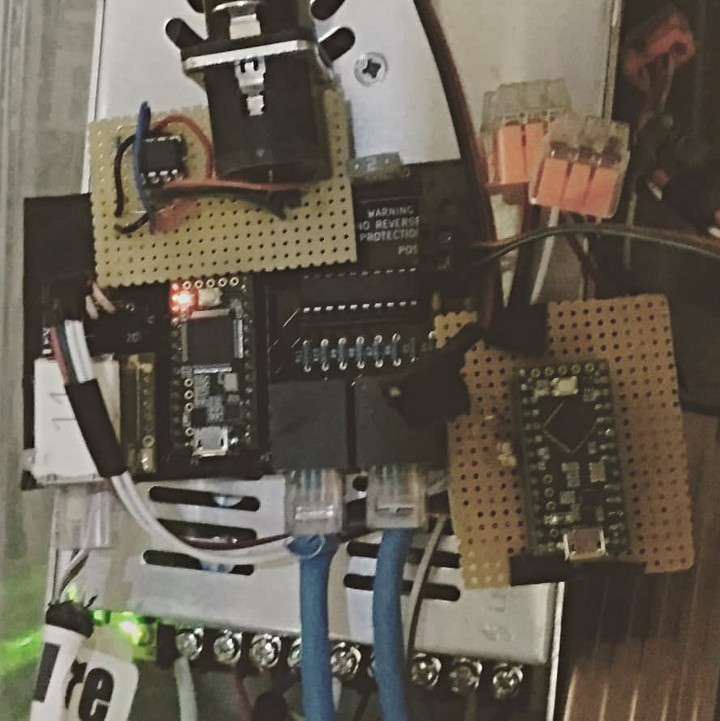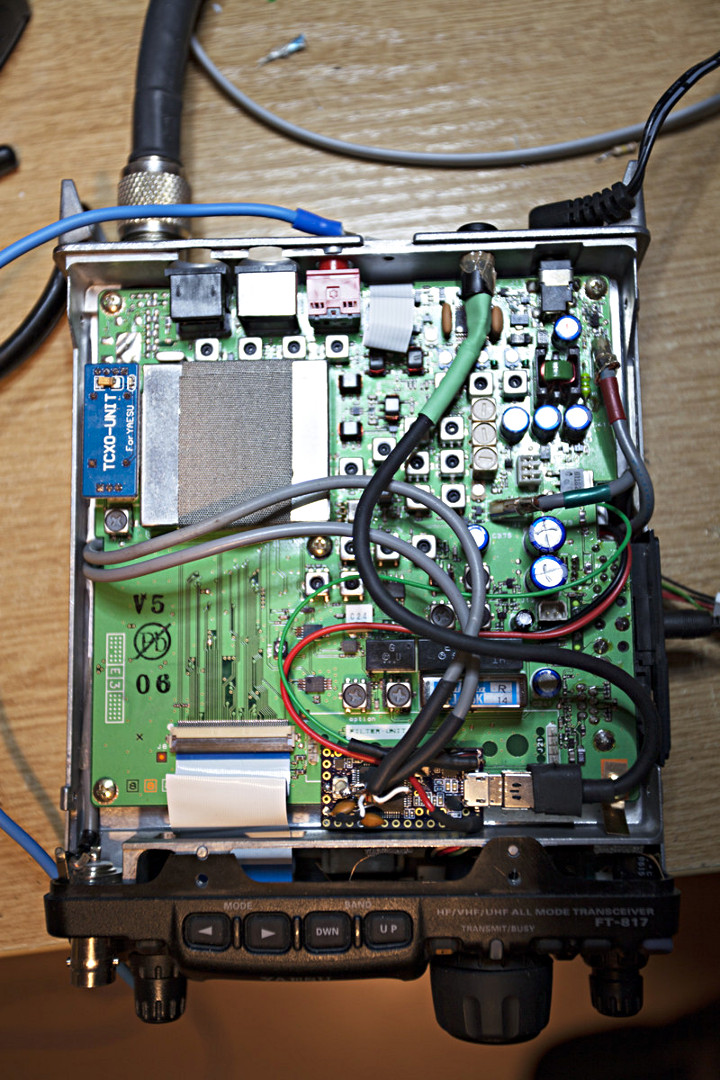Pete Prodoehl built a custom QWERTY keyboard in homage to the typewriters of old.
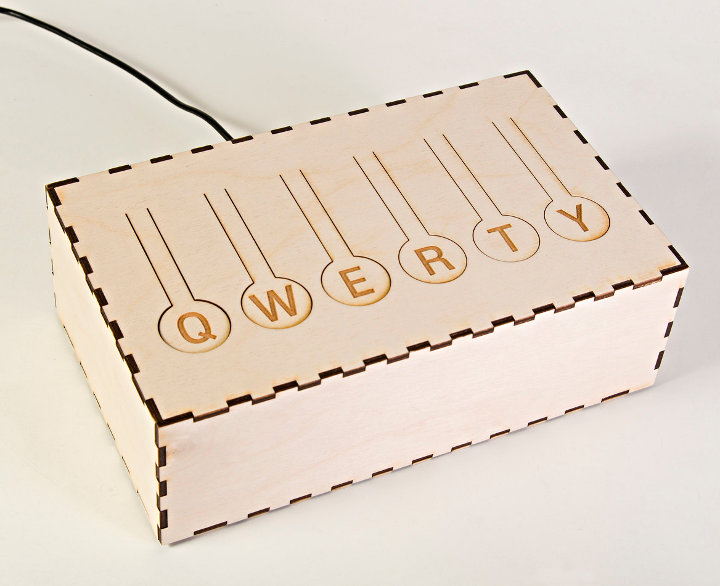
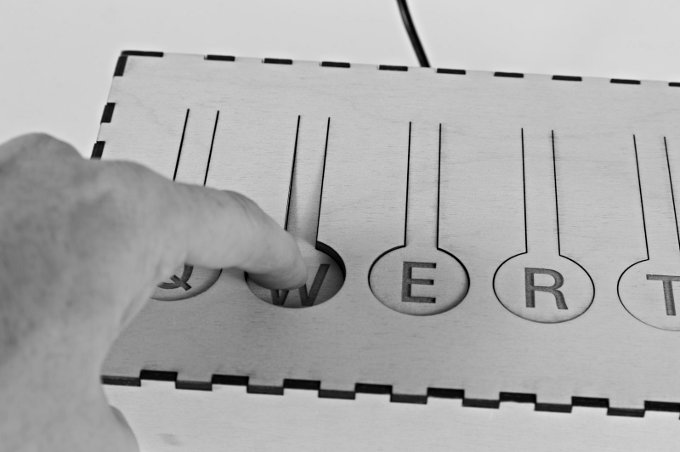
The inspiration for the project came from Pete’s interest in keyboards and typewriters as well as as a fascination with machines, and how people interact with technology . He grew up in Milwakee, the birthplace of the first successful typewriter. Coincidentally, he also lives near a street named fro Christopher Latham Scholes, the primary inventor of the QWERTY keyboard.
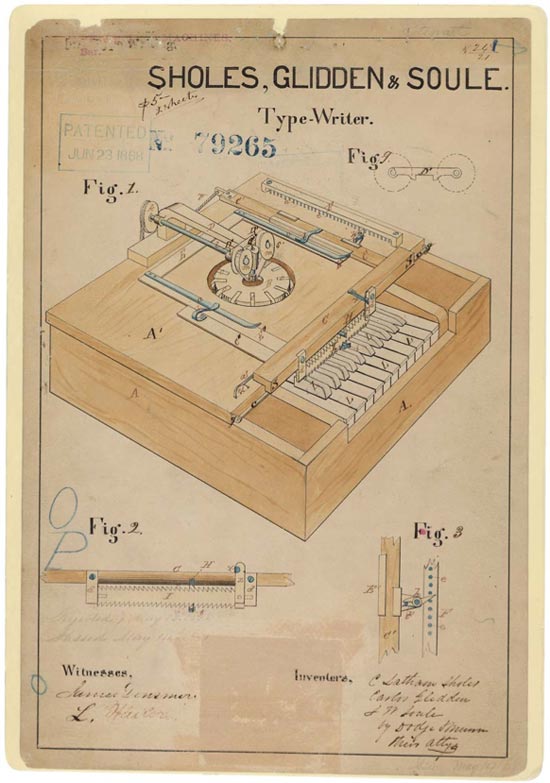
His QWERTY keyboard is made of wood, just like the early prototype of the Sholes, Glidden, & Soule typewriter. While Pete feels that he doesn’t quite have the woodworking skills of his father, he is good at creating thing digitally. He asks a compelling questions – are we losing the ability to craft real-world objects in exchange for creating digital objects? He suggests that maybe digital fabrication is the answer and perhaps it can bridge the gab between the two.
Some additional information can be found here and here




